Cool water in the Pacific Ocean seems to be warming slightly, though La Niña is expected to linger through the spring. This weather pattern's disappearance would make it harder for storms to form.
The water in the tropical Atlantic Ocean is also warming, however, and other conditions are in place in the Atlantic to keep water temperatures rising. That is good for hurricanes.
That is the assessment of Phil Klotzbach with Colorado State University, speaking at Friday's closing session of the National Hurricane Conference.
Klotzbach is assuming much of the forecasting work done until now by William Gray, the Colorado State professor who has issued forecasts of hurricane seasons since 1984. The pair's next forecast will come Wednesday at a hurricane conference in the Bahamas.
Their last forecast in December called for 13 named storms and seven to become hurricanes. Three of those are expected to grow to storms of Category 3 or larger. That is slightly above the long-term average for a season.
It does not appear that the numbers will go down in the new forecast, said Gray, who also spoke at the conference's closing session.
Gray said active seasons are likely to be with us in coming years.
"We have this multi-decadal cycle that's bringing many more storms to the Atlantic, particularly category 3, 4 and 5 storms," Gray said.
Hurricane frequency in the Atlantic swings from calm to active over periods that last 20 to 25 years. The Atlantic entered an active phase in 1995.
Much of the swing in activity depends on ocean circulation driven by changes in salinity, Gray said.
While one part of the globe may be drifting into neutral conditions for hurricanes, neither aiding their formation nor hindering them, the opposite side of the world is starting to favor hurricanes.
La Niña, when water in the tropical Pacific cools below normal, is still in place though weakening slightly, according to the Climate Prediction Center. It may wane by the end of spring. Forecast models are split on whether it will stay through summer.
Klotzbach said spring is a difficult time for forecasters to predict what La Niña will do in the summer. The cool water of La Niña weakens the jet stream that blows from the west, seven miles above the earth. The weaker jet stream means those winds that normally can inhibit hurricane growth are not in place, and it is easier for storms to form.
Even if La Niña weakens and the Pacific returns to neutral conditions, water temperatures in the eastern Atlantic have risen in the past few months, Klotzbach said. Also, trade winds moving from the east have diminished, and air pressures have dropped.
"Traditionally, when you see that warming, especially in the eastern Atlantic, you see more hurricane activity," Klotzbach said.
He said water temperatures in the Atlantic were lower in 2007, one reason many of the storms that formed did not become too powerful.
WEATHER NOTEPreparing for the next storm: Tips on readying for disaster
By the Daily News
A family preparedness plan needs to be in place for all hazards, natural or manmade, and should contain a kit to sustain a family for 72 hours.
Ronnie Pearson, director of Warren County Emergency Management Services, said if a disaster is severe enough, it could take that long for emergency service personnel to reach someone.
That’s why it’s also a good idea for residents to become involved in a Community Emergency Response Team that provides training on how to use a fire extinguisher, basic first aid and light extrication, Pearson said.
Kits should contain food and water - one gallon of water per person per day - canned staple foods, a first aid kit, a battery-powered AM/FM radio and any type of important medical documentation.
“They also need to have drills similar to fire drills so that everyone knows where to go in the case of an emergency so everyone can be accounted for,” Pearson said.
“And everyone should have a NOAA weather radio,” he said.
Those radios can be purchased at just about any discount store or electronics store for as little as $29.99. Those with SAME technology will allow owners to go the NOAA Web site and program in the codes for the counties which they wish to be alerted about. Those without SAME technology will probably alert for a 14 or so county area, Pearson said.
Kentucky Cabinet for Health and Family Services has several online publications that can help families in formulating their plans, he said. The state Department of Homeland Security also offers tips.
The cabinet also recommends having the following items prepared:
Clothing, blankets and sleeping bags
Battery-powered flashlight with extra batteries
Candles and matches
Sanitation supplies, including iodine tablets and bleach to disinfect water
Toilet articles and special needs items for infants, older adults or disabled family members
Extra sets of car keys and eyeglasses
If you have a car, try to keep at least 1/2 tank of gas in it at all times
Important family documents in a waterproof container
For more information, visit chfs.ky.gov/dph/epi/ preparedness/WhatYouCanDo ToBePrepared.htm or homeland security.ky.gov/. For information about weather radios, go to www.nws.noaa.gov/nwr/nwr rcvr.htm.
RS


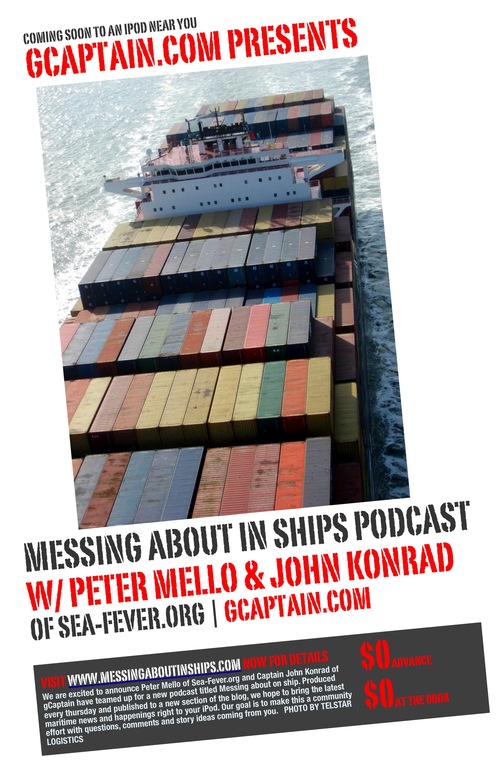


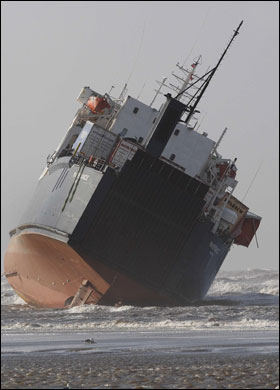


























































































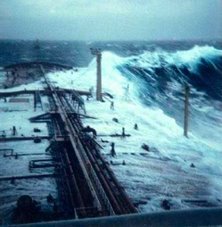
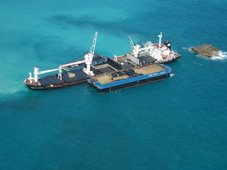


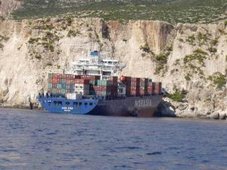




![Validate my RSS feed [Valid RSS]](valid-rss.png)